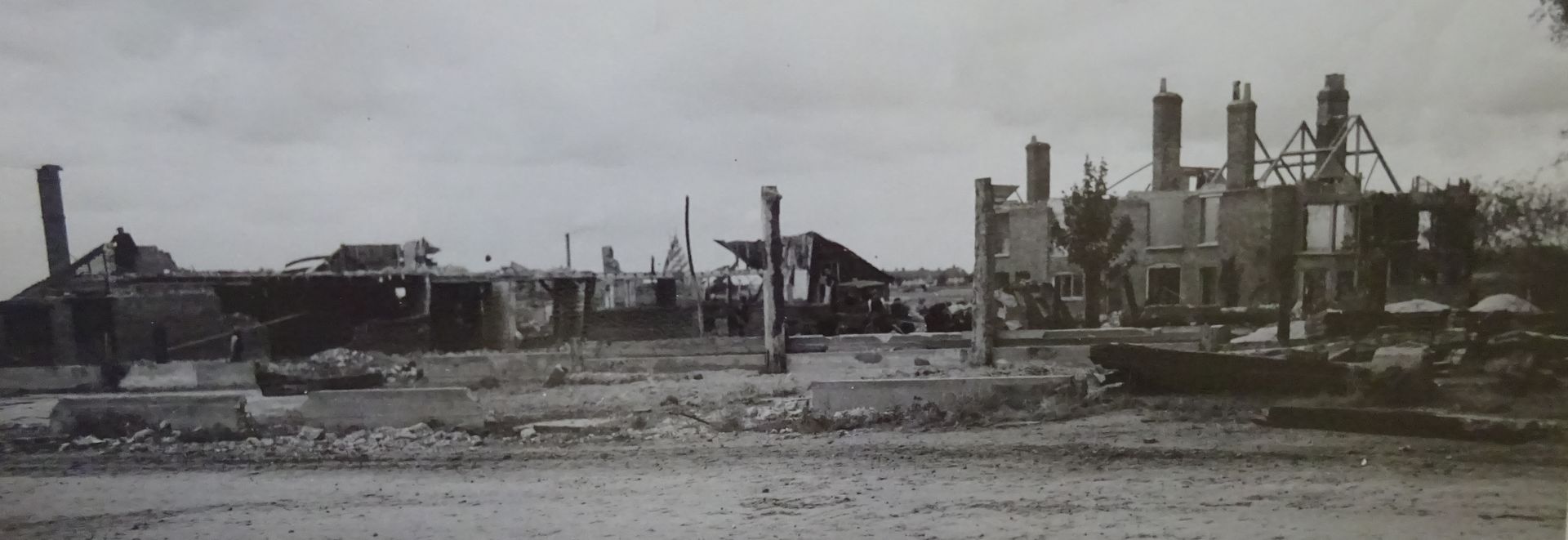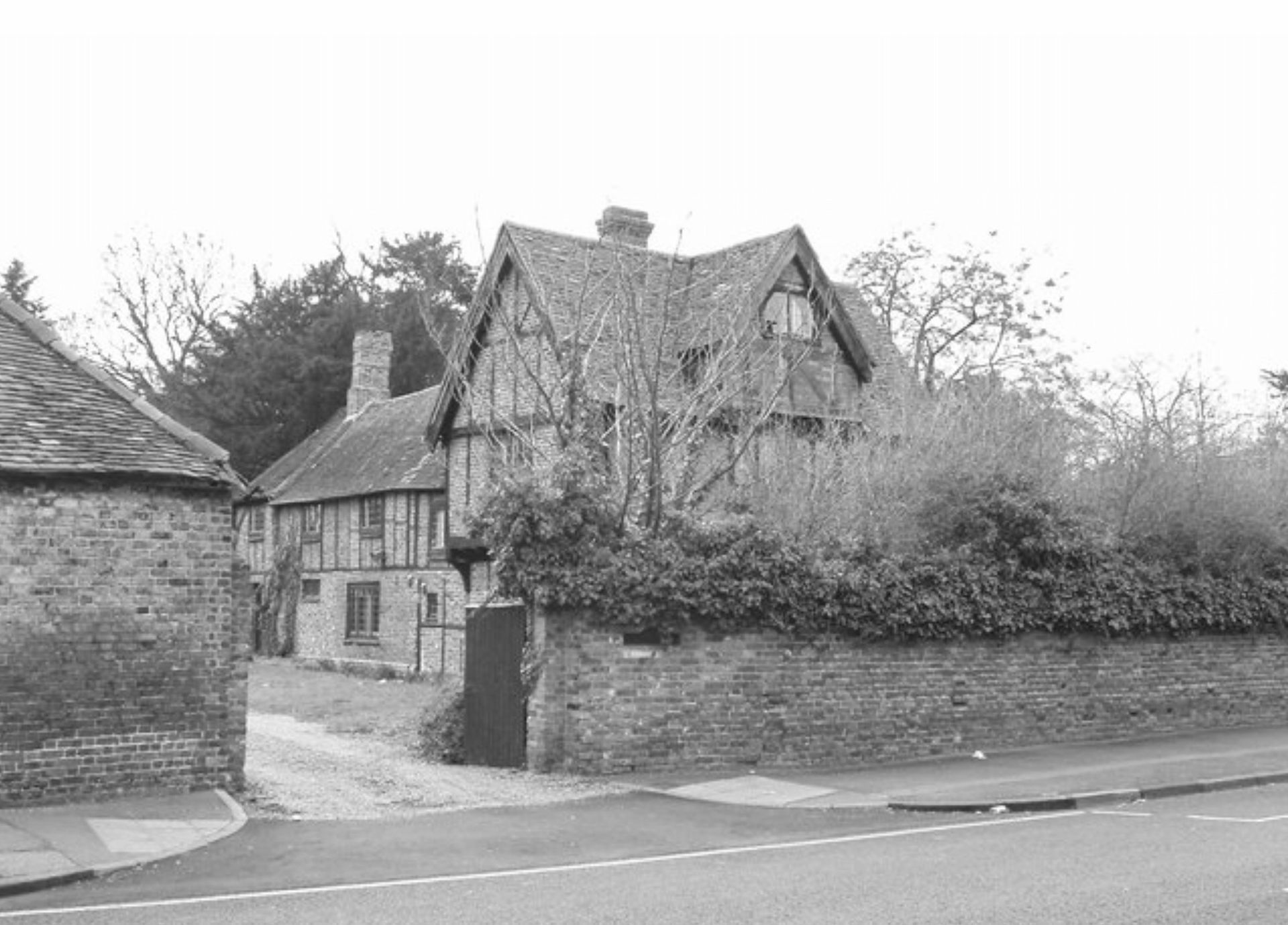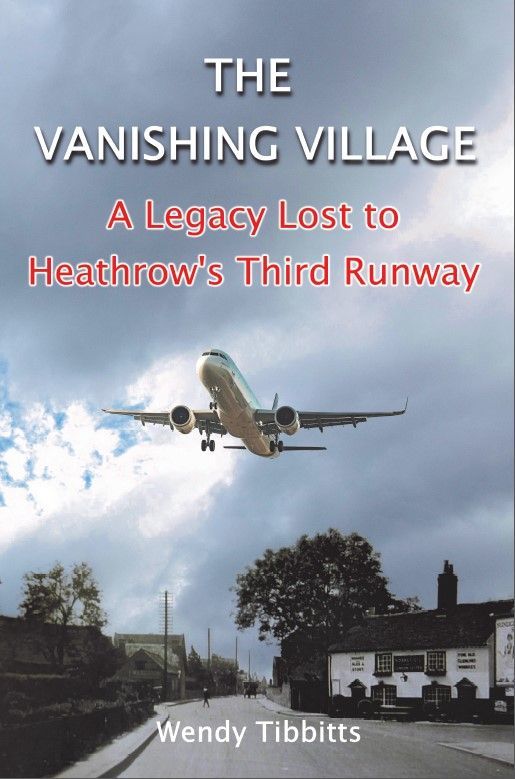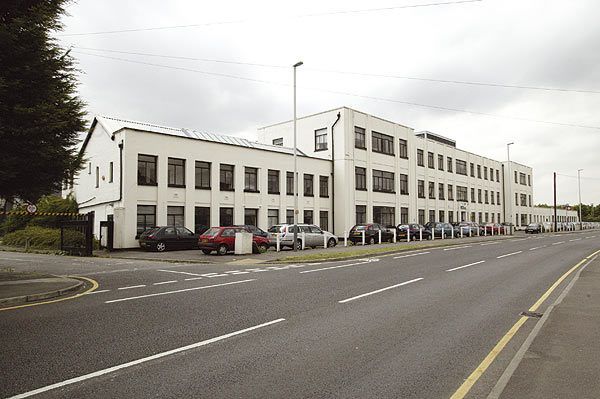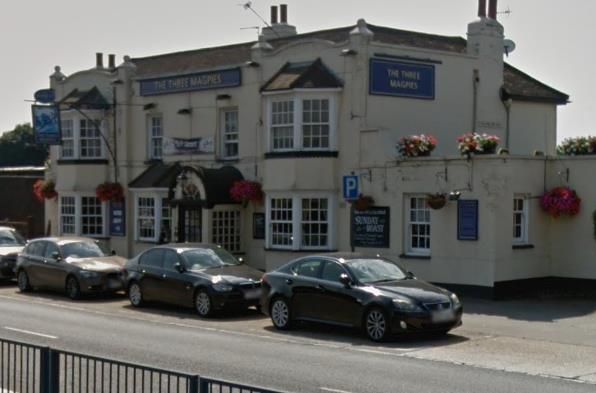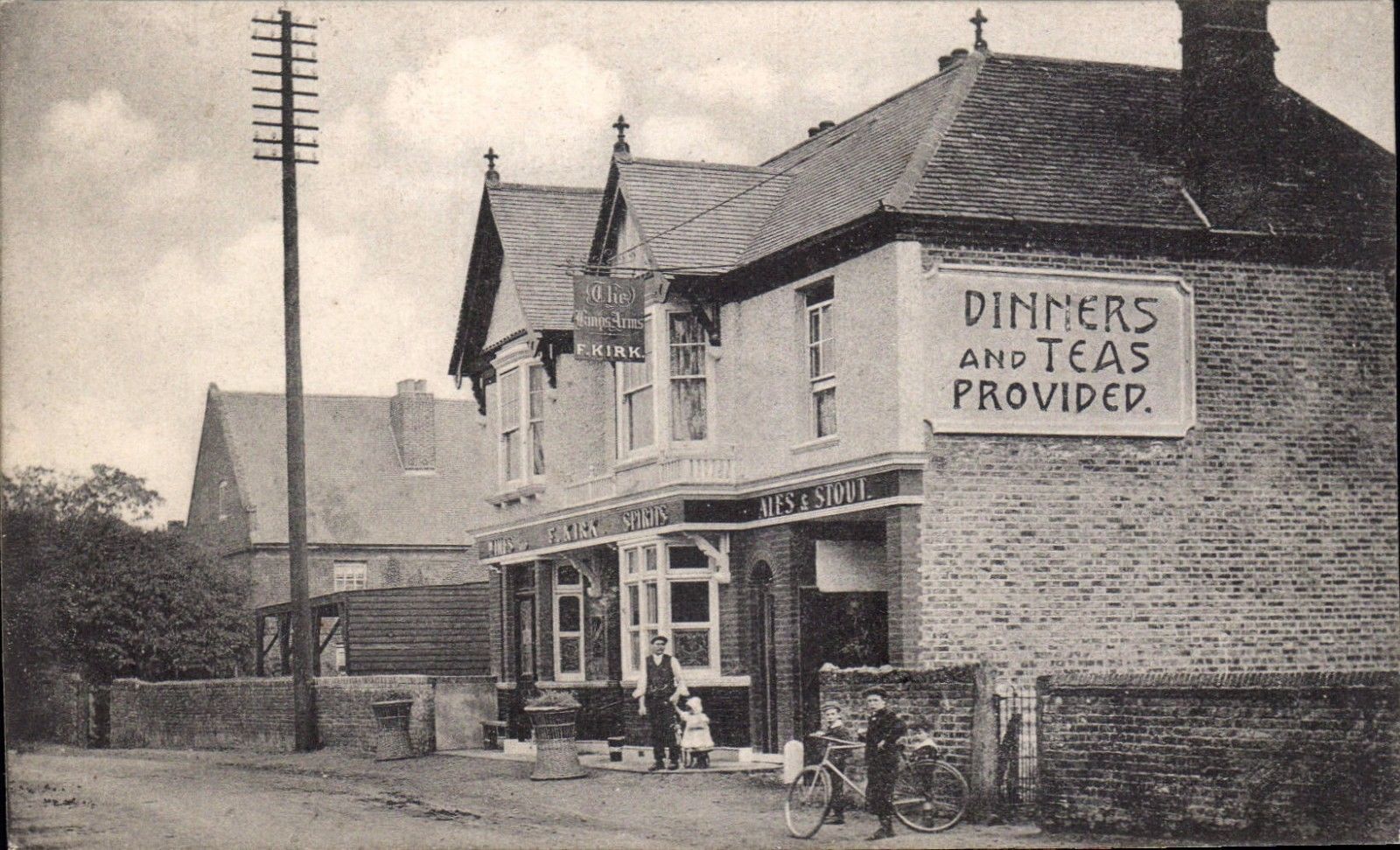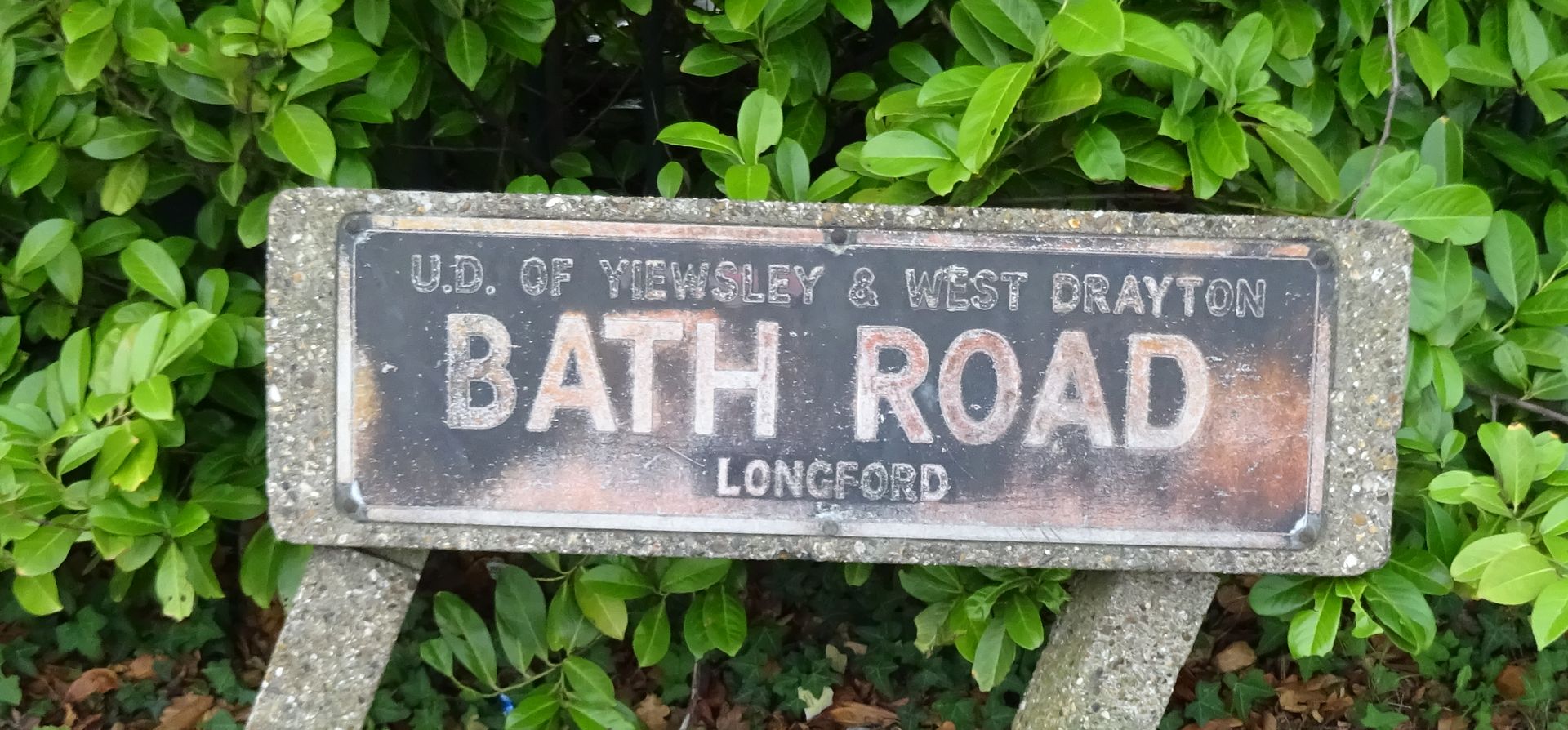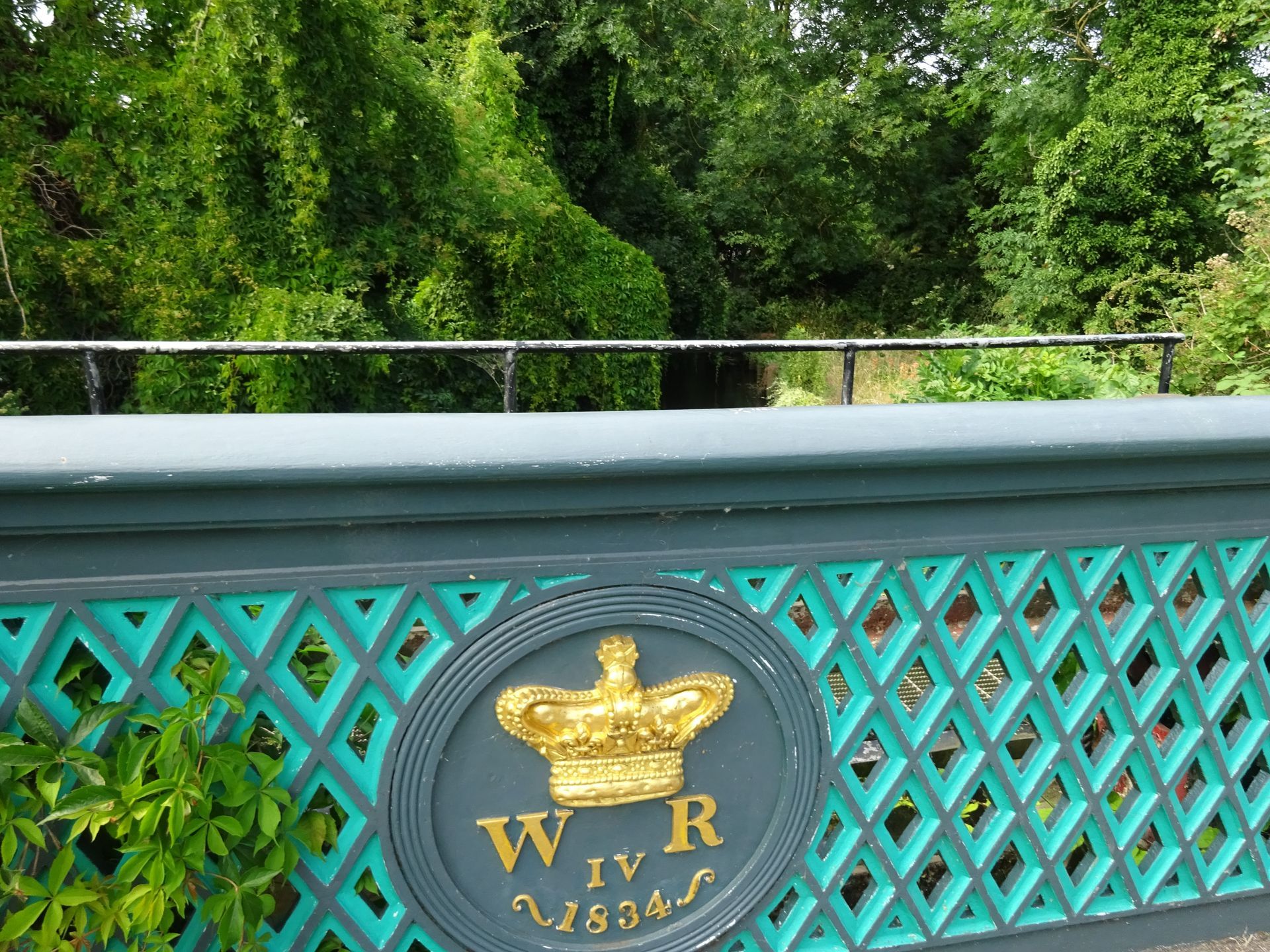Tales from Longford: Heath Gardens
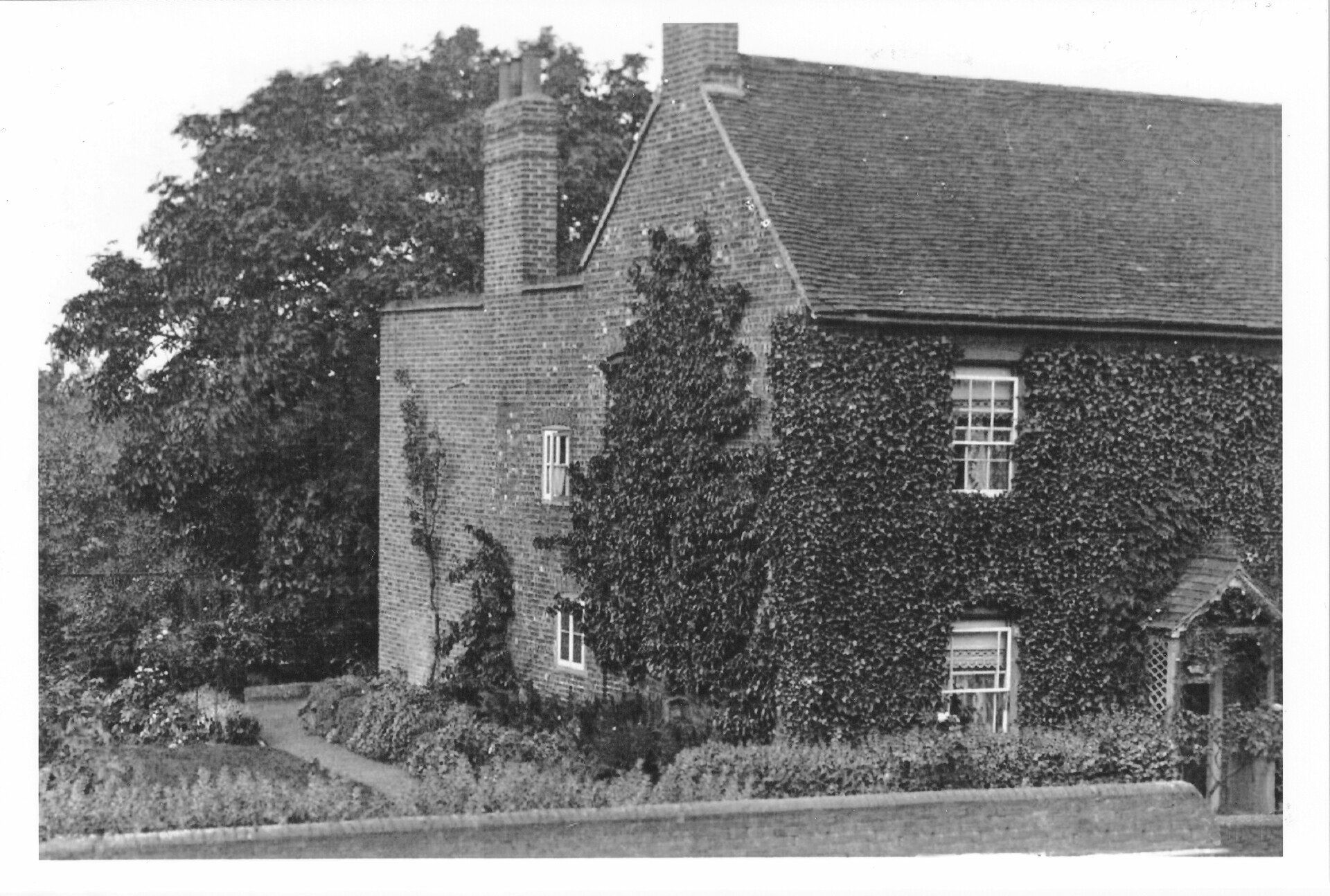
Heath Gardens 1909
Opposite the Kings Arms in Longford, Middlesex, is a cul-de-sac of ten houses called Heathrow Close. These were built on a market garden, but today only the 18th century farmhouse remains. This building, at 550 Old Bath Road, now has a Grade II listing by Historic England under the name ‘Longford Close’, but it was known locally as Heath Gardens.[1]
The extensive Heath family farmed in and around Longford for many generations. Like most ancient farming families of Longford they were Baptists.[2] The hamlet of Longford with no church or manor house was a haven for non-conformists. Heath Gardens as the name suggests was a market garden that, at the time of the Harmondsworth Enclosure Act of 1819, was the home of James Heath who was farming there. [3] He had an orchard behind the house and beyond the trees his market garden land stretched down to the River Colne. He also had other land further along the Bath Road. At that time he and his wife, Elizabeth, had two surviving children: Rachel Low Heath who married William Jarvis the following year (a member of another Longford Baptist farming dynasty) , and William Heath aged 19 who was helping his father run the farm. Farming in the early nineteenth century was mostly manual, and horses were the energy source. Four years after the Enclosure Act William married local girl Sarah Abeard and brought her to live at Heath Gardens with him and his widowed father. She, like many country people at that time was illiterate. She signed her marriage certificate with a cross.[4] The couple remained at Heath Gardens and had four children by 1841, but shortly afterwards William died. Sarah and her children remained at Heath Gardens with her widowed father-in-law until his death in 1850. In his will he left the farm to Sarah for her lifetime and on her death it was inherited by her son.[5]
In the 1861 census, Sarah with the help of her son James and a live-in labourer, was still farming Heath Gardens. When Sarah died, three years later, James had just married Elizabeth but it was a bad time to be in farming. There was a national agricultural slump in the 1870s and by 1871, James, 46, was struggling to earn enough money on the land which now amounted to just a few acres. He died in 1875 leaving his widow with five children aged between eleven and two.[6] Elizabeth could not manage the farm on her own and moved to the centre of Uxbridge and supported the family with what she could earn as a laundress.[7] None of the children returned to Longford.
The name of the small holding was retained, but with the size of Heath Gardens diminished there was not enough land to make the farm viable. Several people tried, including 23 year-old Stephen Norton, but by 1882 he was selling up all his horses, carts, farming equipment, growing crops, and household furniture. [8]
By 1892 the farm was just a five-acre orchard when the freehold was bought by Walter Fewell of Chelsea for £1000. Walter had a thriving fruiters and greengrocers business in the Kings Road, Chelsea, but his health was failing and he was advised by his doctors to retire and move to the country.[9] He was a regular purchaser at Covent Garden market and a good customer of William Wild who lived in the Weekly House at Longford and was the salesman for the Wilds’ farm produce at the market. The two men had become good friends over the years and it was probably William who told Walter that Heath’s Gardens which was up for sale. Walter, his wife Eliza and their eight year old daughter, Winifred left Chelsea and moved into the large farmhouse. In 1911 a surveyor described the main house as having a drawing room, dining room (“rather damp”), kitchen, hot water supply, good pantry, small scullery, new addition at back of the house, large paved space with moveable glass enclosure, five bedrooms, bath room (H&C) and a lavatory basin. There was an attic in the roof. Water came from a well and gas was laid on. There were small glass houses, a fully-planted garden behind the house, and a sixteen-foot high four-stall stable. There was a chicken house and an open brick and tiled cart shed with a small loft over it in good condition. In addition there were old timber and tiled barns and some useful old buildings.[10] The surveyor thought the house was in good condition.
The Fewells tried to rename the building, Fewell House, but the name never really stuck. The family got very involved in the community and Walter became a Deacon of the Congregational Church at Poyle. In 1901 their daughter, Winifred, was at boarding school in Whitstable with two of the Heyward daughters from Bays Farm, Longford.[11] Two more Fewell children were born in Longford and they grew up with William Wild’s daughters from Weekly House across the road. By 1911 the Fewell’s daughter, Netta, was at the same Whitstable Boarding School with Margaret Wild of the Weekly House.[12]
Walter Fewell died in 1912 aged 56. He had gained a lot of respect from many people in the village and his funeral and memorial service was well attended.[13] His son, Victor was only 12 and still at school, so a nephew moved into Heath Gardens to help the family with the fruit garden. In 1914 Victor was a boarder at the Chelsea South West Polytechnic (Sloane School) in Chelsea, but soon after war broke out the school building became a hospital for wounded soldiers and Victor returned home.[14] When he was old enough Victor took over the farm. The two children of Walter Fewell, Victor and Netta, cemented their place in the community by marrying within it.
At the end of 1926 Netta married Frederick Heugh, a wartime comrade and friend of Frederick Heyward at Bays Farm. Fred Heyward was best man and her brother, Victor, was an usher.[15] After a honeymoon in Brighton the couple returned to live next door to Heath Gardens and to help Victor with the farm.
Netta’s schoolfriend, Margaret Wild, from the Weekly House, got married in July 1929, for which Margaret’s sister, Betty, hurried back from Indonesia where she had been doing missionary work.[16] Betty had only been in Indonesia for three months, and it was the combination of wanting to be at her sister’s wedding and homesickness for a certain young man who lived across the road in Heath Gardens, that encouraged her to make the long journey home after such a short stay. After Margaret’s wedding Betty Wild’s relationship with Victor Fewell blossomed, but neither wanted a big wedding. One morning In October 1930 they suddenly announced to their respective families that they were getting married later that day in the Parish Church. There was no wedding dress as the bride wore her travelling clothes, and no wedding breakfast. After the ceremony the couple left for a honeymoon in Torquay.[17] On their return they made their home in Heath Gardens with Victor’s mother and sister. They had a son, Robert, in 1932 and a daughter, Margaret, in 1936. Victor’s sister Winifred, never in the best of health, died aged 48 in 1934. His mother, Eliza, died in 1937 aged 76. In 1939 Victor and Betty were still living and working at Heath Gardens where Victor described himself as a self-employed pig breeder and Market Gardener (mainly fruit).[18] He died in 1985 aged 85.
At the time if his death Victor was living at Pear Tree Farm, which is now the Heathrow Special Needs Centre in Longford.[19] Heath Gardens was sold off and the current Heathrow Close build on the farmland. In 1974 Historic England gave the farmhouse a Grade II listing and described it as a mid-18th century red brick house of two storeys with a tiled roof, end chimneys and early mid-19th century sash windows.[20] The porch is a late 19th century gabled porch and at the rear of the building is a mid to late 19th century extension in stock brick. The old farmhouse is now nicely preserved as a reminder of its agricultural roots and the families that lived there.
[1] Ancestry: 1939 Register, BDM and Electoral registers.
[2] Kerridge, David J., "He leadeth me beside the still waters": the story of the Particular Baptists in Colnbrook from 1645; 1997
[3] Harmondsworth Enclosure map and summary book.
[4] Ancestry.co.uk: Marriage certificate
[5] The National Archives' reference PROB 11/2106/261
[6] Ancestry: 1871 census and death certificate
[7] Ancestry: 1881 census
[8] Uxbridge & W. Drayton Gazette - Saturday 09 December 1882
[9] Chelsea News and General Advertiser - Friday 12 April 1912
[10] The National Archives: Valuation Field Book IR 58/39632
[11] Ancestry: 1901 Census
[12] Ancestry: 1911 Census
[13] Uxbridge & W. Drayton Gazette - Saturday 20 April 1912
[14] Ancestry: School Admissions
[15] Lynn Advertiser Friday 31 December 1926.
[16] Ancestry: Incoming Passenger Lists
[17] Uxbridge & W. Drayton Gazette - Friday 03 October 1930
[18] Ancestry: 1939 Register
[19] Ancestry: National Probate Calendar
[20] Historic England list number 1080297 https://historicengland.org.uk/listing/the-list/list-entry/1080297
Read more about the history of Longford in,
"Longford: A Village in Limbo" by Wendy Tibbitts.
For a “Look Inside” option for this book go to https://b2l.bz/WUf9dc
Heath Gardens 2018
